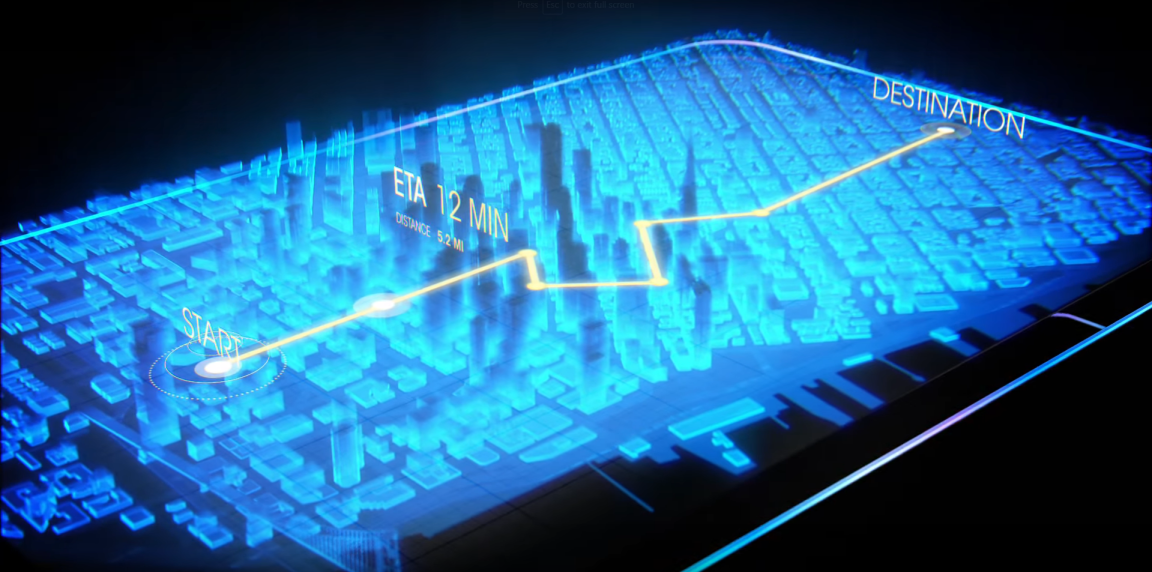
The Holographic Future
Cinematic camera developer RED is building a new kind of smartphone. Called the Hydrogen, the $1,200-$1,600 device’s video camera is expected to be top-notch — not surprising given the company’s background. However, what’s really going to set the Hydrogen apart from other phones is the addition of a “holographic display” that looks like something out of a futuristic video game.

Although little is known about the new phone, RED CEO Jim Jannard’s appointing of HP Labs spinoff Leia Inc. as the display tech partner is telling.
Leia employs light field technology, which combines LCD screens with backlights that direct light in different, coalescing directions. When this happens, the angles of the images projected on the screen create a 3D illusion visible to human eyes. Leia’s technology is able to do this without losing traditional 2D capabilities, so that users can alternate between the old school and the new in a flash.
The Problem of Content
This technology does have a drawback. As Jannard explained on a RED website forum thread, the smartphone uses the .h4v format for 4D rendering.
Developers can capture images with four synchronized cameras from varying angles to map playable holographs, but this is a high standard to expect from amateurs. Meanwhile, directly converting 2D content to 4D is extremely difficult.
On the bright side, the Hydrogen clearly isn’t some cheap gimmick intended to lure in moneyed technophiles — an accusation that has been levied at Amazon’s Fire phone, which was arguably devoid of compelling features. However small Hydrogen’s demographic is likely to be, 3D and 4D interfaces await us in the next generation of mobile communications.